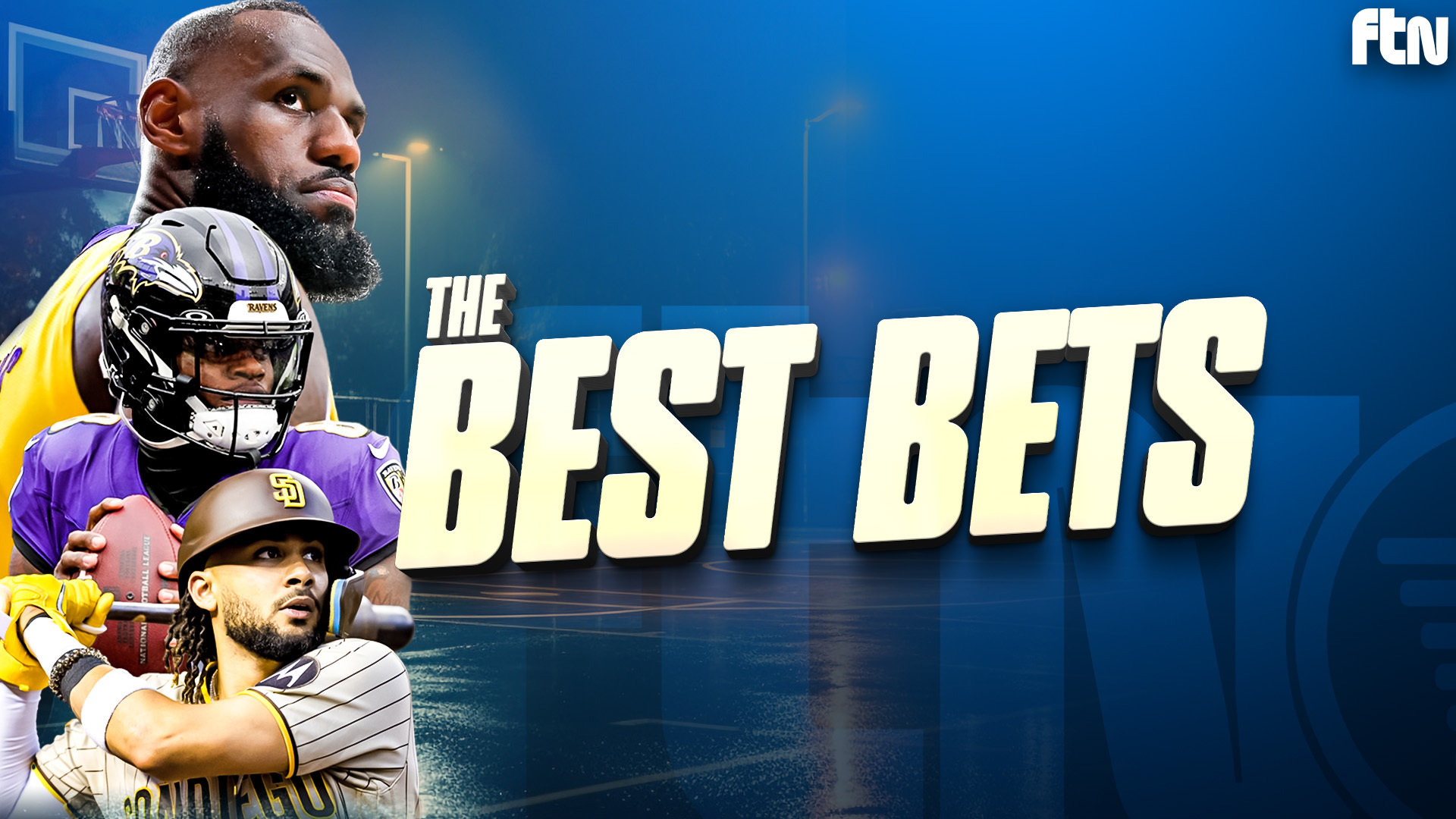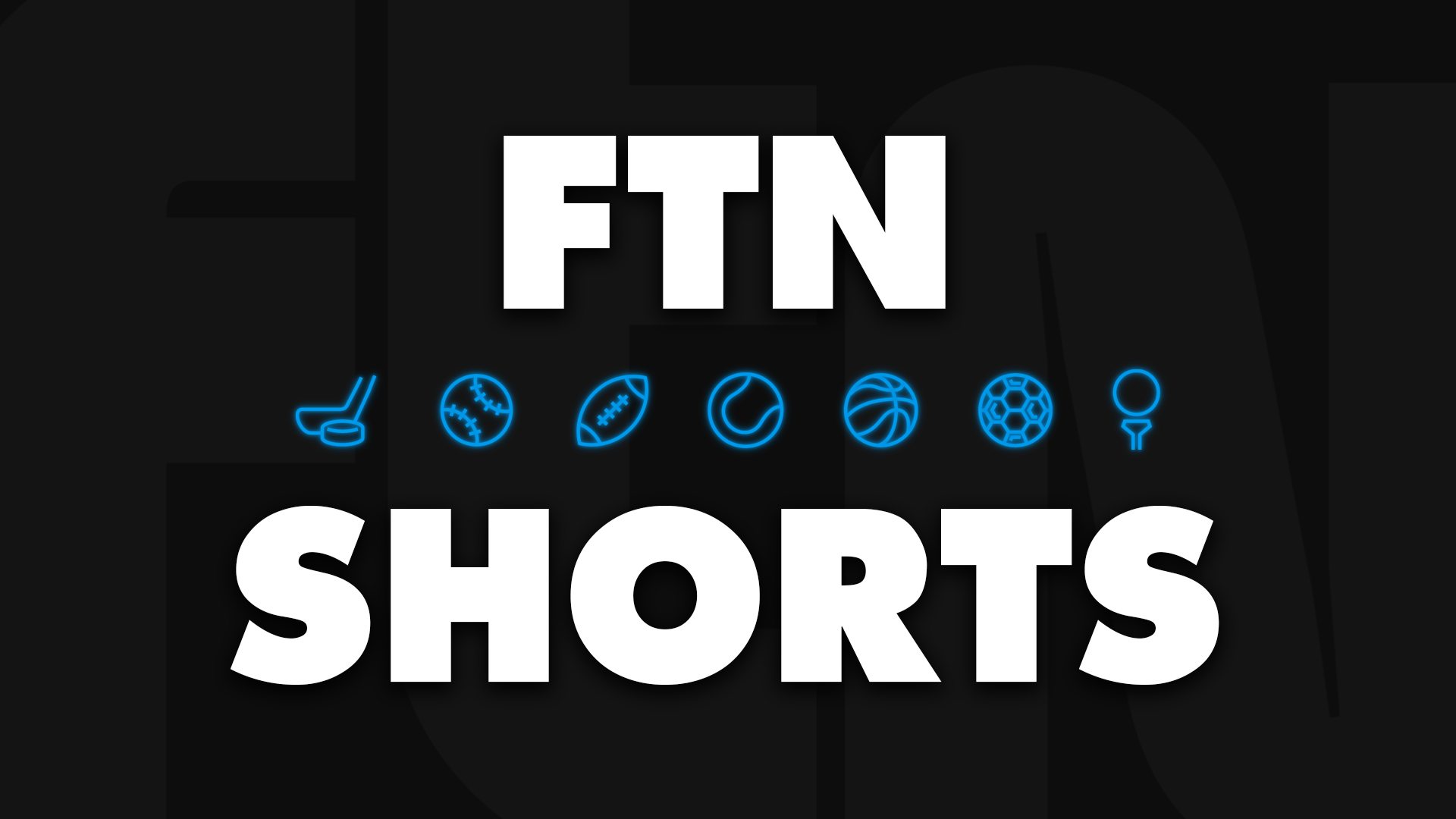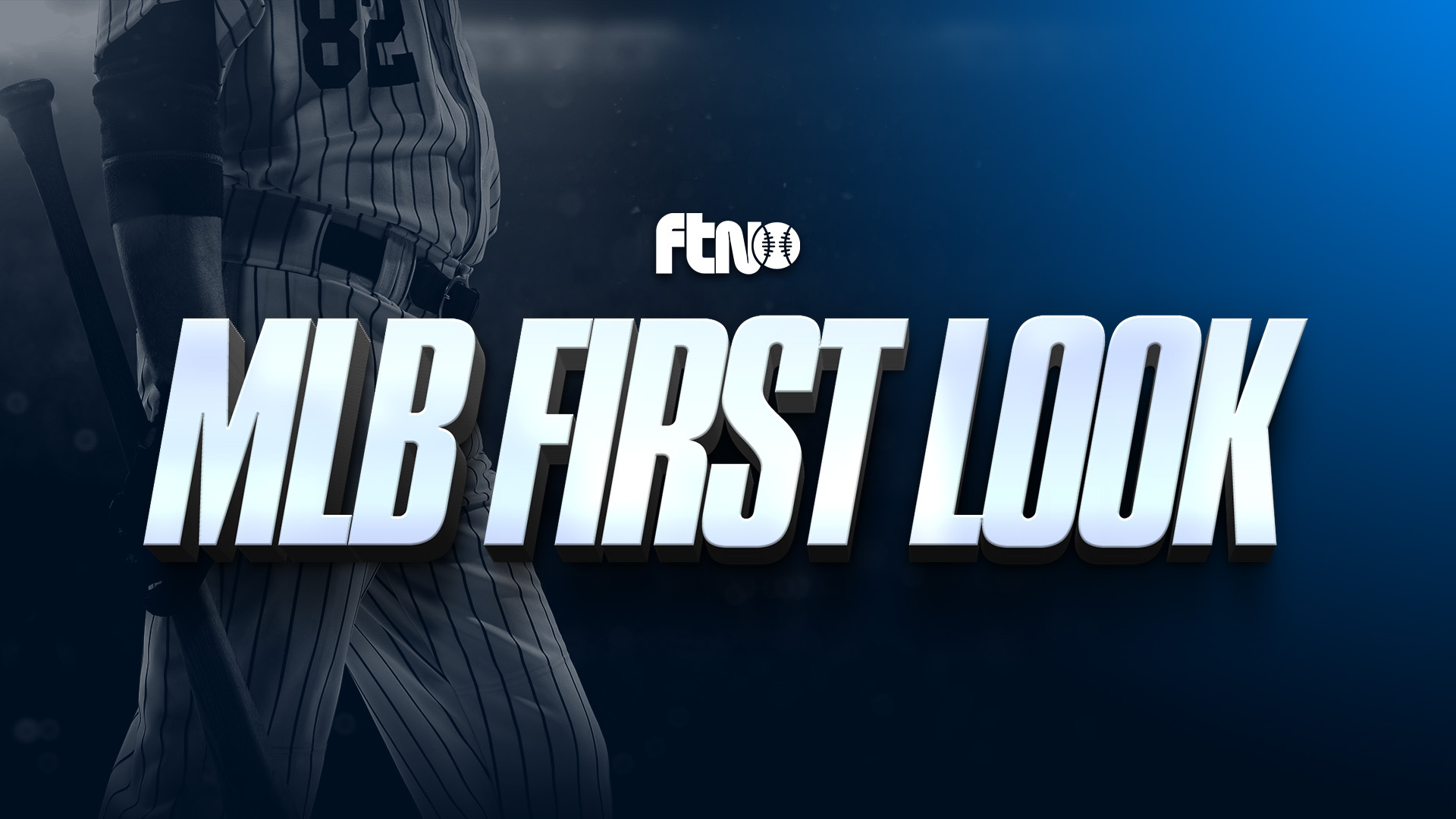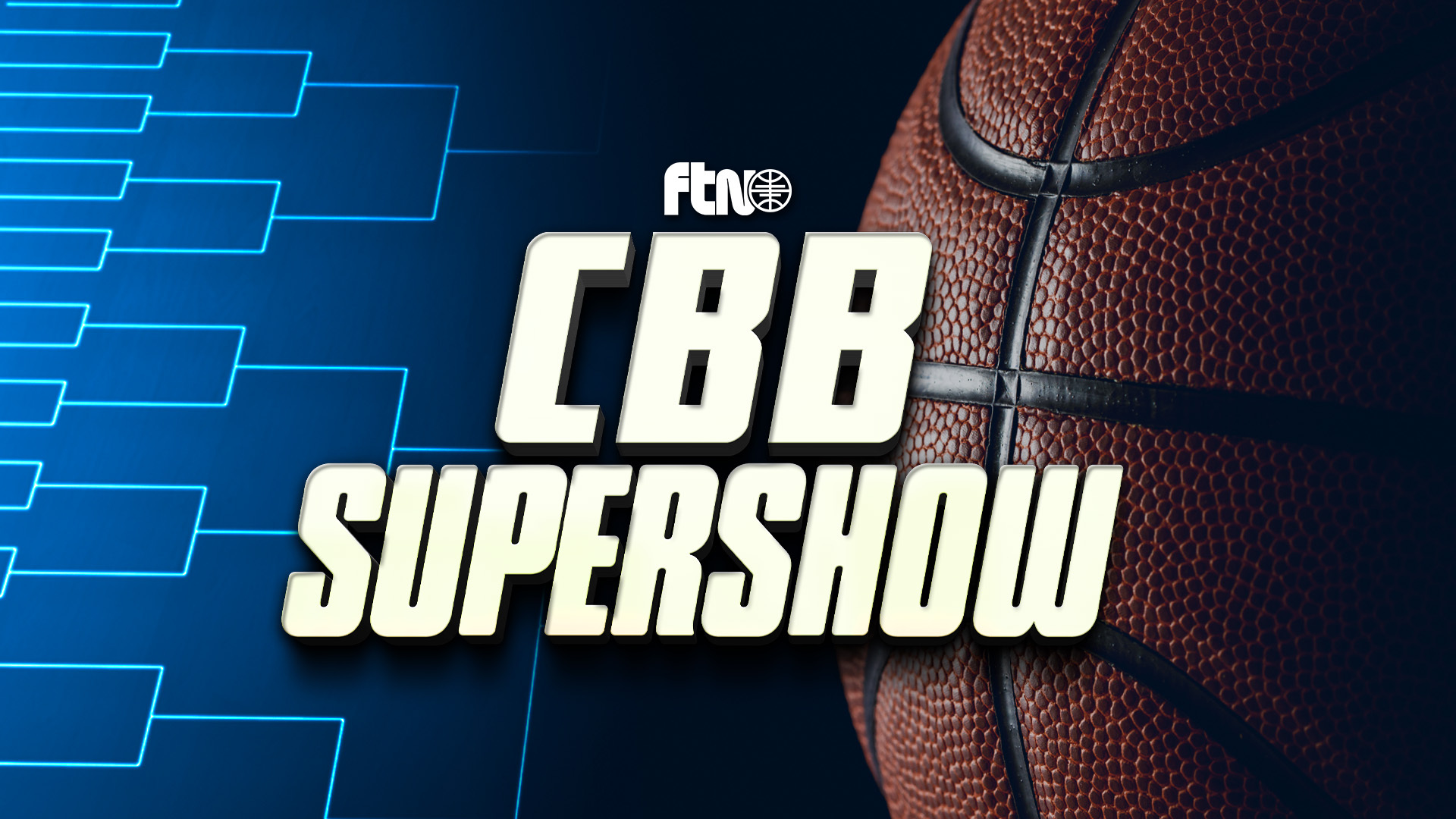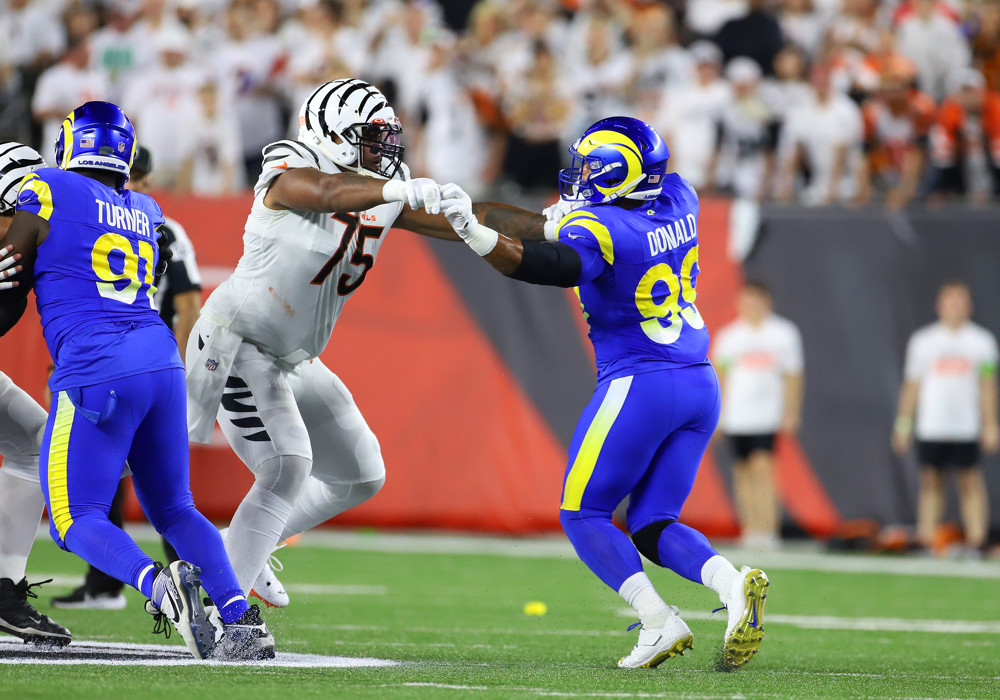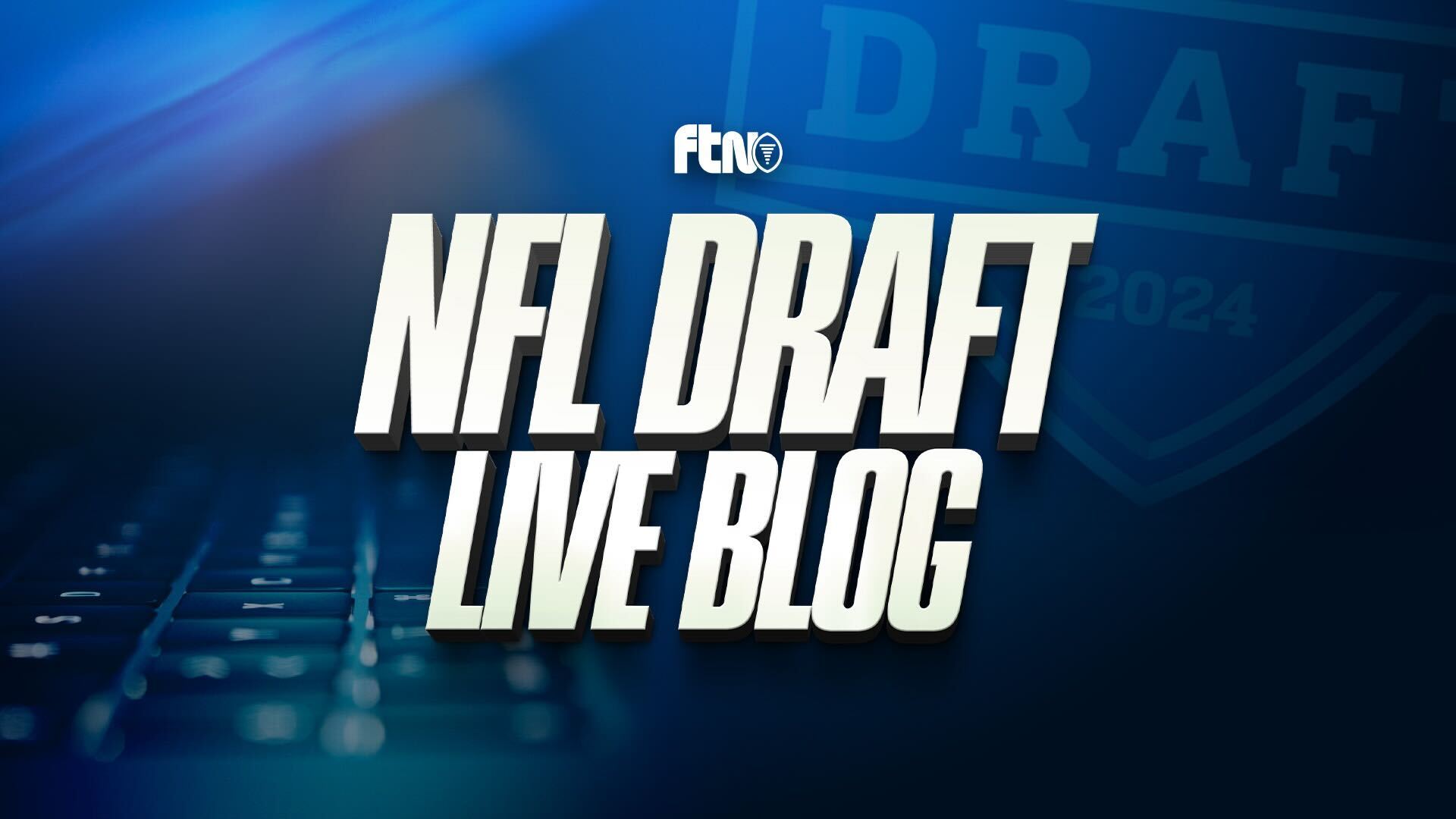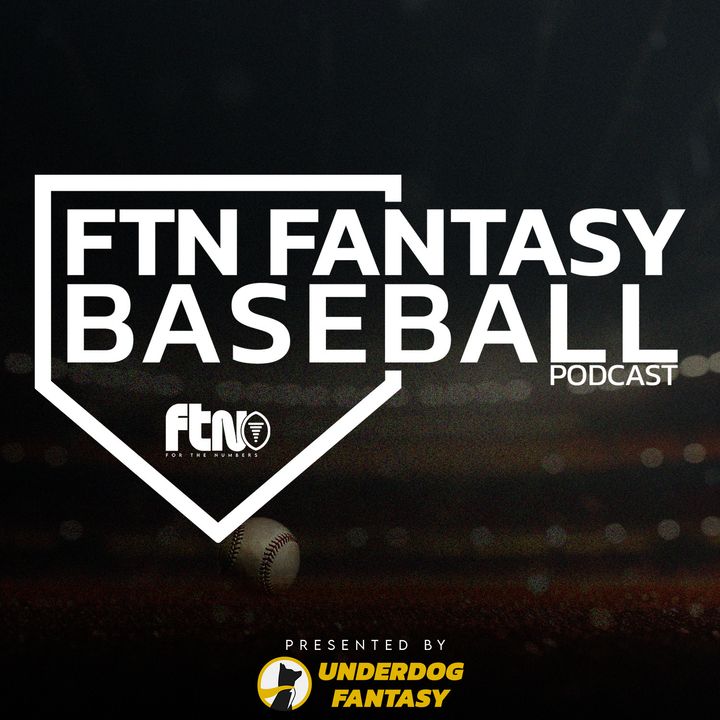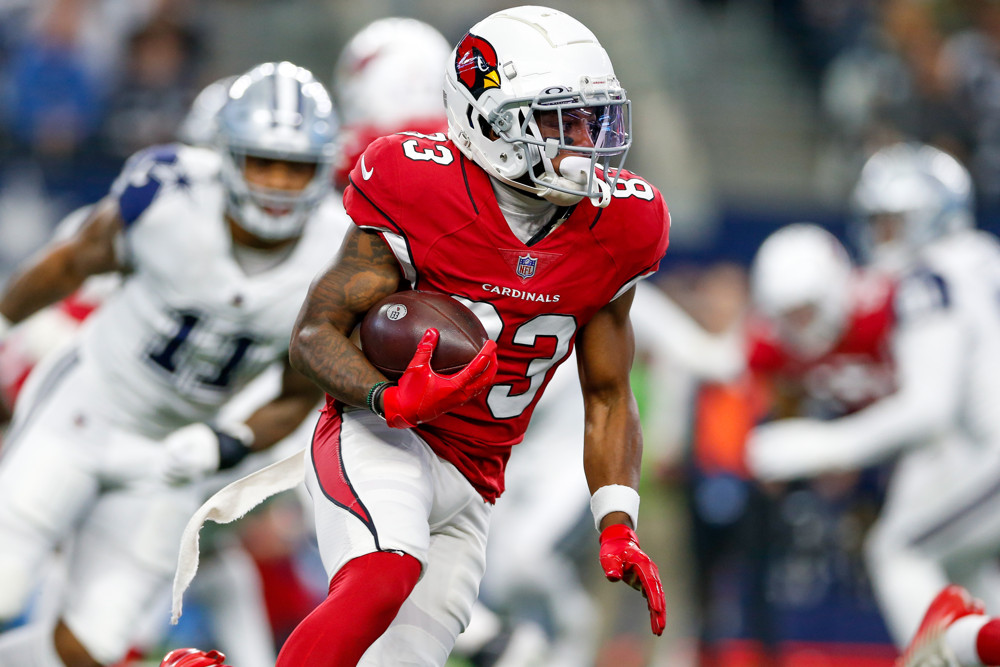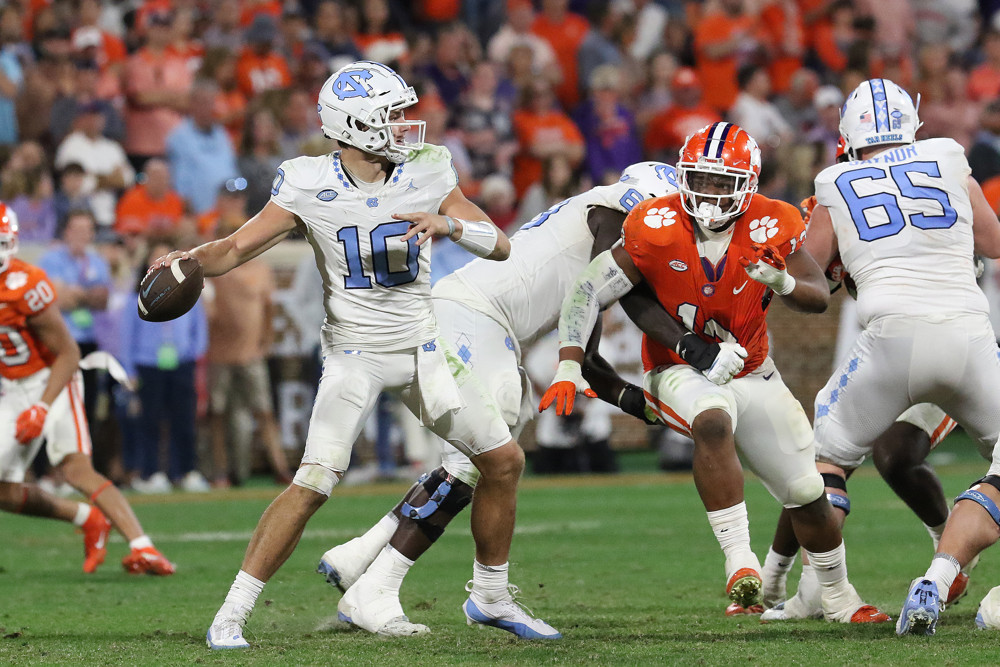
2022 brought us one of the wildest offseasons in NFL history. Now that the Super Bowl is officially in the rear-view mirror, it’s time to gear up for whatever 2023 has in store. A few coaching changes have already shaken up the NFL’s landscape, and with free agency in March and the draft in April, dynasty managers need to start prepping for more change.
But how can you – a savvy dynasty manager – make the most of these key events before they even begin?
This article outlines some strategies you can follow to gain an edge against your league mates who may take this time to step away from fantasy football. The focus here is less on individual players or specific moves you should be making, but instead I’ll outline the four steps needed to set yourself up for success in 2023 and beyond.
Step 1: Evaluate Your Roster
It’s easy to simply look at your win-loss record from a previous season and gauge where you stand among your leaguemates solely on that. A true roster evaluation needs to go much deeper though.
Every year in fantasy, some teams overperform and squeak into the playoffs despite an underwhelming number of points scored. Meanwhile, the opposite happens just as often, and good teams who scored a bunch of points find themselves on the outside looking in. To truly evaluate where your dynasty roster stands, you need to determine how many points your team will score the upcoming year (or few years) relative to the rest of your league.
If you’re a true basement dweller or one of your league’s elite teams, this step is fairly easy. Your status as a “Contender” or a “Rebuilder” is practically written in ink, but you can always change that quickly if you play your cards right. This step, however, is much more important for the teams who find themselves somewhere between clearly contending or clearly rebuilding. When your team gets lumped in the middle of your league’s rankings, and you find yourself in a tier alongside a few of your league mates, you need to start looking at other factors, such as:
- Average Roster Age — If you have a younger team, it’s more likely your squad sees organic improvement heading into next year compared to a team that performed well in 2022 but relied on older players – especially RBs (i.e., it’s hard to envision Dalvin Cook or Alvin Kamara exceeding their 2022 outputs moving forward)
- Health — You need to evaluate not only where your roster stands when fully healthy, but where the rest of your league’s rosters stand as well. The teams that suffered significant losses last year could get better luck in 2023, and the teams fortunate enough to have avoided the injury bug may not be as lucky next year.
- Positions of Need – Some holes in fantasy football are easier to plug than others. In need of a WR? Your ability to plug a hole at a WR2/flex spot shouldn’t be too tricky. What about TE? Plugging that hole will not be nearly as easy. Understanding which positions you need to upgrade will drastically impact how you approach your offseason.
- The Rest of Your League – It’s easy to look at your roster and tell yourself your team is going to be great. We’re all guilty of this to some extent. However, a middle of the pack team’s title odds could vary drastically depending on a few factors. How dominant the teams at the top of your league are, league size and playoff format and willingness to trade among your league could all drastically impact your team’s true title chances.
Step 2: Set Your Goals
After you’ve evaluated your roster, the next task at hand is to improve it. Depending on where your team stands, “improvement” could come in a variety of forms.
For the rebuilder, improving your roster could actually mean selling off your best player if it’s a guy like Derrick Henry. While this move may feel like a short-term step back, if you’re not contending anyway, selling older players for an influx of youth is a move that consistently pays off in the long run.
On the flip side, if you’re a contender trying to make a title push in 2023, buying an aging vet (or a few) to fill a hole on your roster with next season in mind could be your best bet. When this is your strategy, it helps to be more explicit. Going into the offseason saying “I’m going to get player X from leaguemate Y” limits your maneuverability, which increases the price tag. If your goal is something more like “Plug the RB2 hole on my roster” you now have numerous routes to get there. You could buy an aging vet, move up and down the draft, or even pay a pretty penny for a younger player on someone else’s roster.
Where the goal-setting gets tricky is when you’re in that tweener phase. If you’re not clearly a contender or clearly a rebuilder, you’re in a great position to shop for value and go in either direction.
Does someone want to grossly overpay you for your best player? Let ‘em.
Did you receive a great trade offer for your high draft pick? Smash the accept button.
Are you higher than consensus on a player who’s on the trade block? Get your guy.
To really nail your offseason when you’re in this tweener phase, applying this flexible mindset as you transition to Step 3 will be pivotal.
Step 3: Analyze the Trade Market
In my opinion, the best way to gain an edge in dynasty is by knowing your team’s trade market better than your leaguemates. This is where those middle-of-the-road teams firmly entrench themselves into one of the two broader categories of rebuilding or contending. If after evaluating your roster, you still don’t have a clear answer, you can always let the trade market decide for you.
Is there a team in your league that is pushing to rebuild, but has an aging vet or two on their roster who can be had for cheap? Kick the tires and see if you can get a deal done to expedite your timeline.
On the flip side, if you have a few of these veteran players yourself, and someone in your league is willing to pay an astronomical price for a guy like Austin Ekeler or Stefon Diggs, don’t be afraid to sell these guys while the value is near its peak for a fantastic return. Doing so could help get your team operating on similar timelines to one another.
You never know how someone else in your league is going to value a certain player (or draft pick). The active dynasty manager has a massive advantage here as the more often you shop around for trades, the more likely you are to hit a home run.
Step 4: Play the Dynasty Timeline
Now comes the hard part. In order to truly separate yourself from the rest of your leaguemates, you need to go against your natural instincts.
Because it’s the offseason, most dynasty managers are thinking about the long term. Everyone wants to build their team’s next dynasty that’s capable of winning numerous championships in a short window. Conventional thinking tells us this won’t happen by acquiring older players who are past their primes.
While this may be unfortunate for the managers trying to offload some of their vets for an influx of youth, it provides great opportunities for any managers willing to go against the grain. This time of year, older players (RBs over 25, WRs/TEs over 28, QBs over 30) see their values take a sharp nosedive. Because everyone’s eyes are set on the future, most managers are focused on acquiring players (or picks) that can in theory help their teams for the next five-plus years, not just the next one or two.
It may feel contrarian, but right now, if I’m in the camp of being a contender – or anywhere close to it – I’m kicking the tires on any older players whose value is suppressed but can still help out in the short term. Buying guys like Derrick Henry or Dalvin Cook will be substantially cheaper now than it will be in Week 1, and even if these players only help your starting lineup for a year or two, the value they provide could make a sizable difference.
On the flip side, if you find yourself firmly in the camp of rebuilding, acquiring youth and draft picks is going to be extremely tricky right now. Patience is never easy, but if you can hold off on waiting until the season starts to acquire additional picks or players, that’s when you’ll be able to extract the most value in any trade negotiations. If you’re in a position where you can afford to trade away some draft picks, doing so on draft day or in the days/weeks leading up to it will help you get the most bang for your buck. It’s hard to balance the desire to rebuild and get younger with the desire to gain value in trades simultaneously this time of year, but if you have the stomach to be patient, waiting and continuing to evaluate will be your best bet in the short term.


